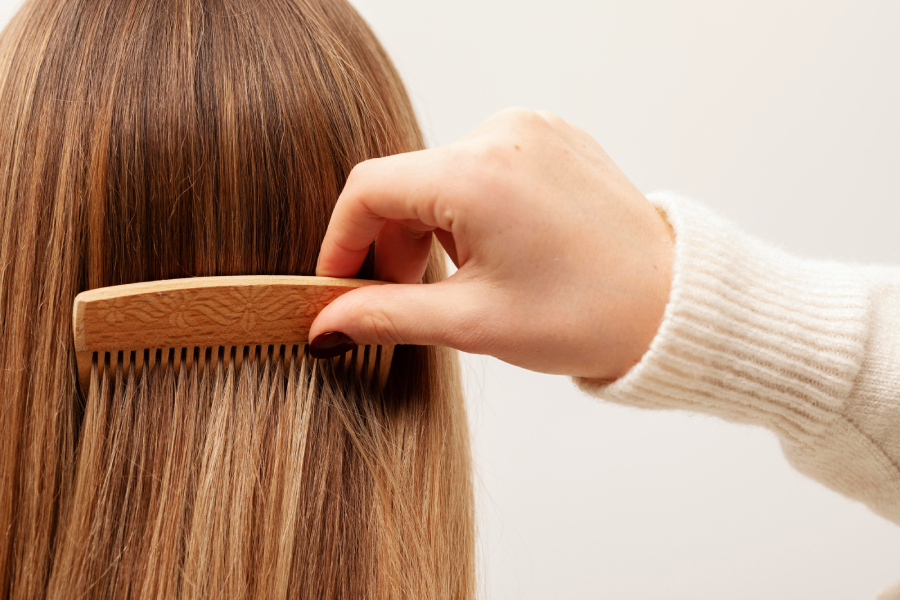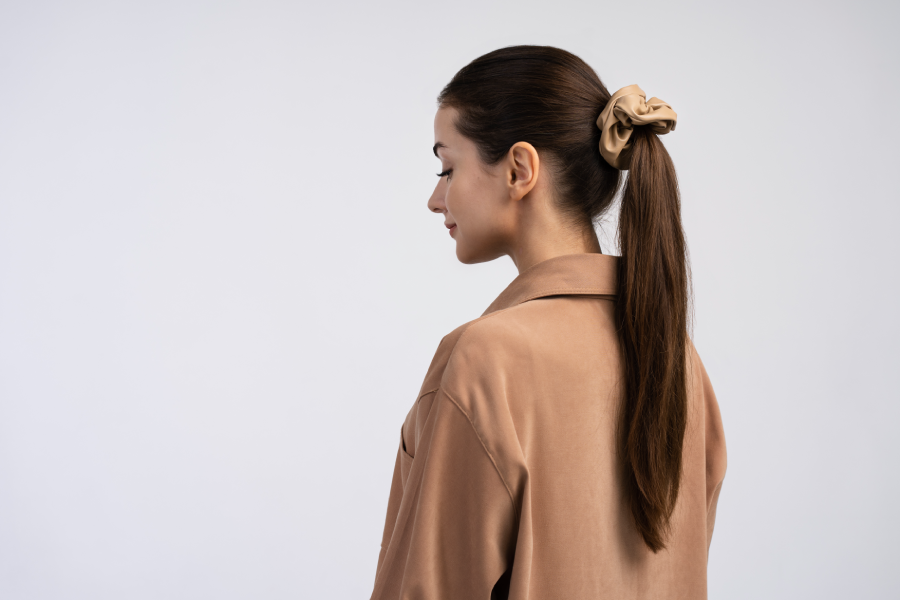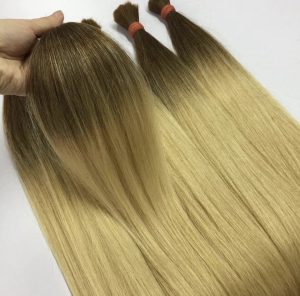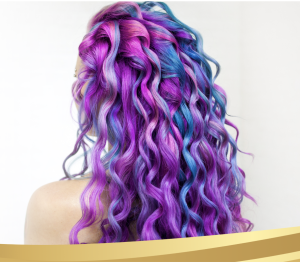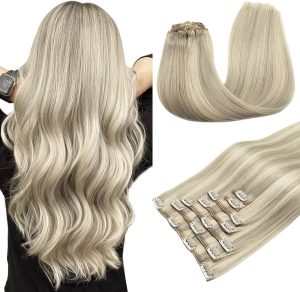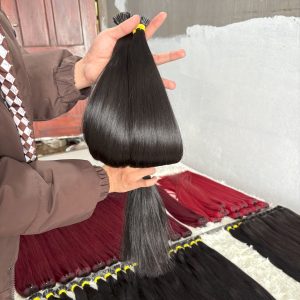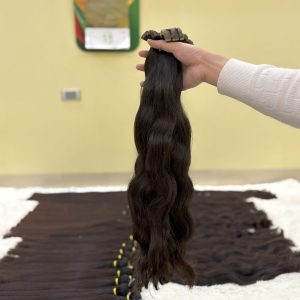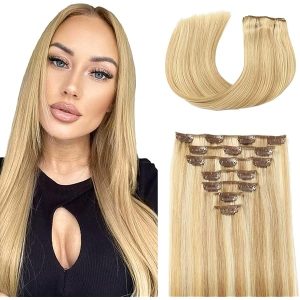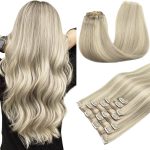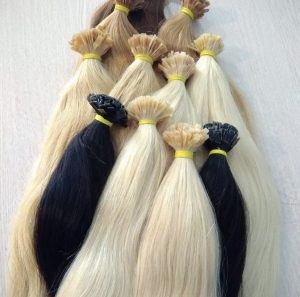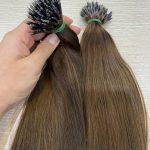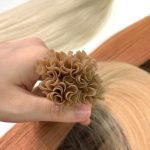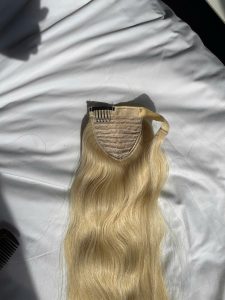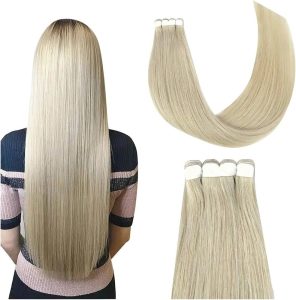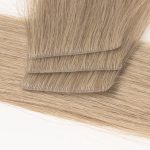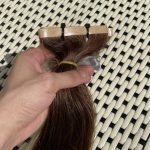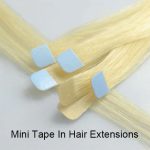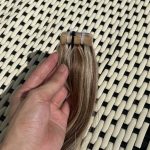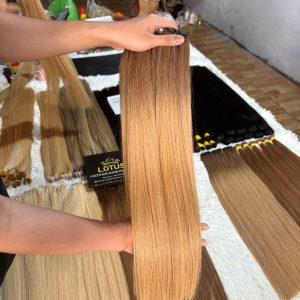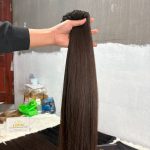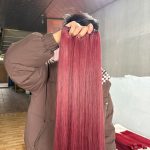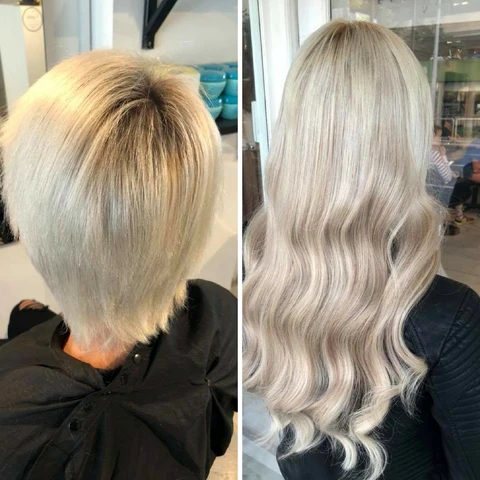How long does your hair need to be for hair extensions?
Hair extensions are the perfect solution for anyone looking to achieve long, thick, and voluminous hair in a short amount of time—without waiting for natural hair growth. However, not everyone knows exactly how long their real hair needs to be before getting extensions. The question “How long does your hair need to be for extensions?” may seem simple, but the answer depends on several factors such as the extension technique, the condition of your natural hair, the quality of the extensions, and your desired aesthetic.
In this article, we’ll provide you with a comprehensive and in-depth overview of the key criteria to consider before getting hair extensions.
Minimum Hair Length for Extensions
Your natural hair needs to reach a certain minimum length to ensure that the extensions attach securely and blend seamlessly without being visible or looking unbalanced. Below are the minimum length requirements for each type of extension method:
- Clip-in Extensions:
Ideal for those who want a temporary style change. With this method, your hair should be at least 14–15 cm (around 5.5–6 inches) long so that the clips remain hidden and the hair falls naturally. - Fusion/Pre-bonded Extensions:
This method uses heat or adhesive to bond the extensions securely to your natural hair and lasts longer. Your hair should be at least 8 cm (around 3 inches) to ensure the bonds stay hidden and the transition looks smooth. - Tape-in Extensions:
These use special adhesive strips to attach the extensions. Your hair should be at least 8 cm long, but ideally should also be medium to thick in density to better cover the tape bonds. - Sew-in (Track Weft) Extensions:
This method is suitable even for very short hair—just 2.5 to 3 cm (about 1 inch) may be enough. However, this technique is typically used with braided styles or when the extensions are sewn close to the scalp.
Note: The required hair length not only affects how well the extensions are applied, but also influences how natural they look and how comfortable they feel for long-term wear.
Hair Type and Texture
Besides length, the texture and thickness of your hair also determine which extension type is best:
- Thin or fragile hair:
Opt for lightweight methods like tape-in or clip-in extensions. Avoid methods that add too much strain to the scalp, such as fusion or sew-in extensions, as they may cause breakage. - Medium to thick hair:
You have more flexibility with your choices—including tape-in, fusion, or clip-in. Thicker hair can better conceal extension bonds, resulting in a more natural look. - Naturally curly hair:
Choose curly extensions or consider curling the extensions to match your natural texture. This ensures a cohesive look and prevents the bonds from being noticeable due to texture mismatch.
Hair Extension Aftercare
No matter which method you choose, proper aftercare is essential to maintain beauty and extend the lifespan of your hair extensions:
-
Use sulfate-free shampoo to avoid drying out the hair or weakening adhesive bonds.
-
Limit heat styling and avoid tight hairstyles that can pull on the bonds.
-
Gently brush your hair, starting from the tips and working your way up to prevent loosening the extensions.
-
If you use tape-in or bonded extensions, avoid washing your hair too frequently—ideally 2–3 times per week.
-
Visit your stylist regularly for maintenance if you’re keeping the extensions for an extended period.
Cost of Hair Extensions & What to Consider
The cost of hair extensions varies based on several factors:
-
Type of hair used (real human hair vs. synthetic)
-
Length and number of hair strands
-
Application technique
-
Salon or stylist you choose
That said, hair extensions can be a long-term money-saver if cared for properly. For instance, you may not need frequent haircuts or styling appointments since the extensions already maintain your desired shape and length.
Conclusion
So, how long does your hair need to be for extensions? The minimum length ranges from 2.5 cm to 15 cm (about 1 to 6 inches), depending on the extension method you choose. In addition, you should consider your hair’s thickness, texture, the quality of the extensions, your care routine, and your budget to make the best decision.
Hair extensions are not just an aesthetic enhancement—they’re an investment in long-term beauty. With proper consultation and care, you can enjoy long, full, and naturally beautiful hair that turns heads wherever you go.
Lotus Hair Vietnam – A Leading Manufacturer of High-Quality Hair Extensions
With over 14 years of experience, Lotus Hair Vietnam takes pride in being one of Vietnam’s leading hair extension manufacturers, specializing in providing premium Vietnamese hair to international markets. Established in 2010, we have continuously developed and strengthened our reputation worldwide, particularly in the United States and Europe.

Quality is always our top priority at Lotus Hair. We are committed to delivering consistently high-quality hair products with smooth texture, natural shine, and long-lasting durability.
Every batch of hair extensions undergoes strict quality control to ensure strength, softness, and compliance with international standards—ready to conquer even the most demanding markets like the U.S. and Europe.
Whether you are a retailer, salon owner, or distributor, we offer tailored supply solutions to help you grow your business with direct-from-factory pricing and premium-quality products.
Contact us today for expert consultation and the best pricing options!
| LOTUS HAIR VIETNAM | |
| Hotline & WhatsApp | +849.9595.3999 – Ceo – Mr. Ben +849.969.01.777 – Mr. Erik +849.969.03.777 – Ms. Tina +849.969.05.777 – Ms. Vietnam +849.969.06.777 – Ms. Maria |
| Email: | [email protected] |
| Address: | 210/11J Cach Mang Thang Tam Street, Ward 9, District 3, Ho Chi Minh City, Vietnam. |


